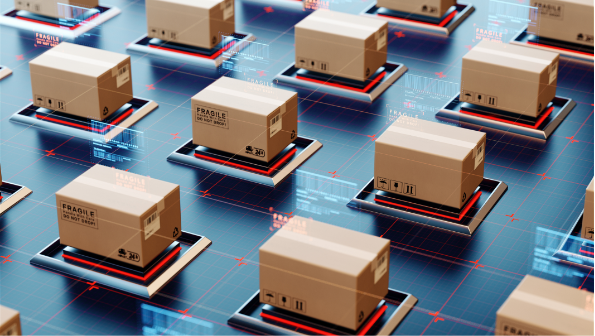How Retailers Can Keep Pace with Amazon – Part I
June 30, 2015
“Retailers that don’t adopt control tower solutions will be put out of business by Amazon within five years,” proclaims James Cooke, principal analyst here at Nucleus Research. A strong statement for sure, but I know that James doesn’t pull any punches, basing his conclusion on research and his extensive supply chain expertise. That’s why I hired him.
Still, his prediction seemed a bit dire at first, until I read his rationale in Retailers Skip DOM and Go Control Tower. We’ve entered the age of the omnichannel, where consumers can easily research and buy products with mobile devices from virtually anywhere. Imagine a consumer not finding a product on the shelf and simply going online to order it from a competitor right in the aisle of your store. And in an online scenario, consumers quickly move to the next e-commerce site when they don’t’ find exactly what they want. That’s how competitive retail has become.
And that’s why James argues so passionately for control tower solutions rather than Distributed Order Management (DOM) systems. In a nutshell, DOM enables order fulfillment with products that are readily available. This works fine for items in stock, but what about finding sold-out items elsewhere in the supply chain?
Control tower technology has been seen more as a logistics app, but it provides insight into products throughout the entire supply chain, including items en route. With this macro view, retailers can be more flexible. If a product is out of stock in the New Jersey warehouse, for example, the retailer can find it in the Georgia or California location and ship for on-time delivery. It can even find that desired red sweater on a truck heading to a warehouse and upon arrival have it shipped out. Sale saved.
And let’s face it, Amazon has set the benchmark. Leveraging its massive volume of transactions, Amazon has made delivery fast and cheap to put pressure on the entire industry. Amazon Prime offers free two-day delivery on most items and with Prime Now, thousands of items are delivered within two hours in select geographies. Near-instant delivery could be the new standard within a few years.
To keep pace, smaller retailers simply must leverage technology to punch above their weight class and remain competitive with Amazon. The best way to do that right now is through control tower.
Look for my follow-up post on this topic for a discussion on what comes next.